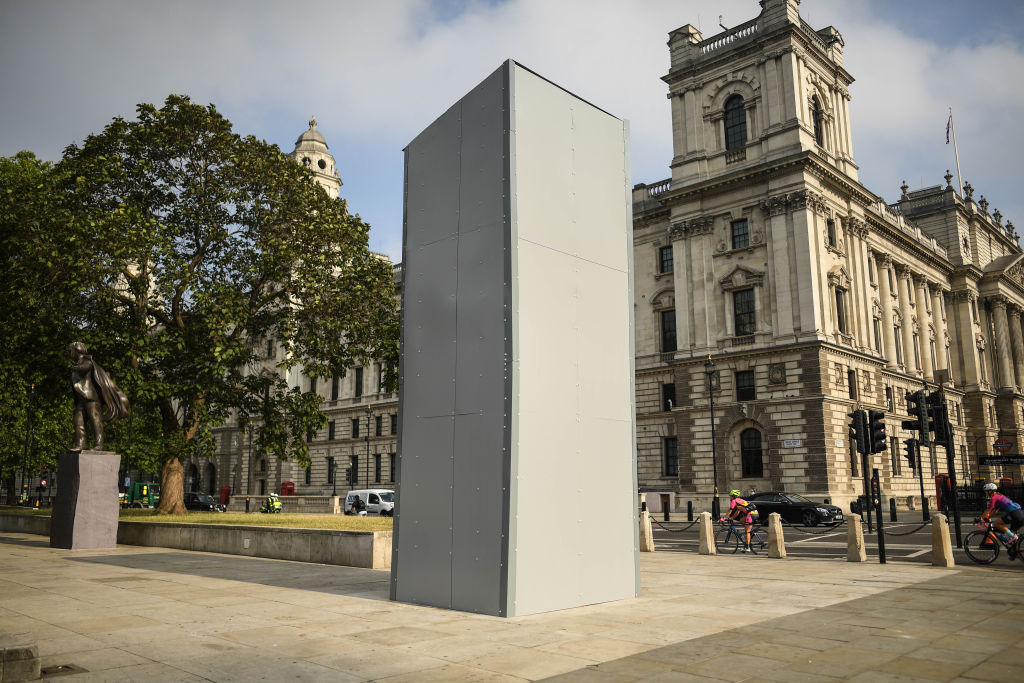The Black Lives Matter frenzy against statues may have passed its peak. The issue has been co-opted by the bureaucracies in government, Church, universities, etc. As their various committees study lists of allegedly offensive monuments, they should remember something which has hardly been mentioned: localism.
Most statues are erected not because of a general national sentiment, but because of the wishes of a particular community — a borough, parish, college, profession, business or regiment. They were not put up, like those colossal statues of Lenin in the former Eastern Bloc, by order of a remote tyranny. The reason that Edward Colston’s statue stayed up so long in Bristol was that many Bristolians admired his munificent legacy to the city. The statue of a protesting black woman surreptitiously placed on its site this week has no such communal endorsement.
As a general rule in a free country, if a statue is to be taken down at all, it should be by the desire of the people who live with it. This principle needs defending by those at the top in order to protect those at the bottom. From now on, a small village, club, school or charity could be assailed for an image that zealotry has suddenly decided to decry. They lack the legal and financial resources to resist. There are thousands such. Already I know ones which are frightened. I shall not name them, because that would only make things worse. They badly need support.
This article is an extract from Charles Moore’s Spectator Notes, available in this week’s magazine.







Comments